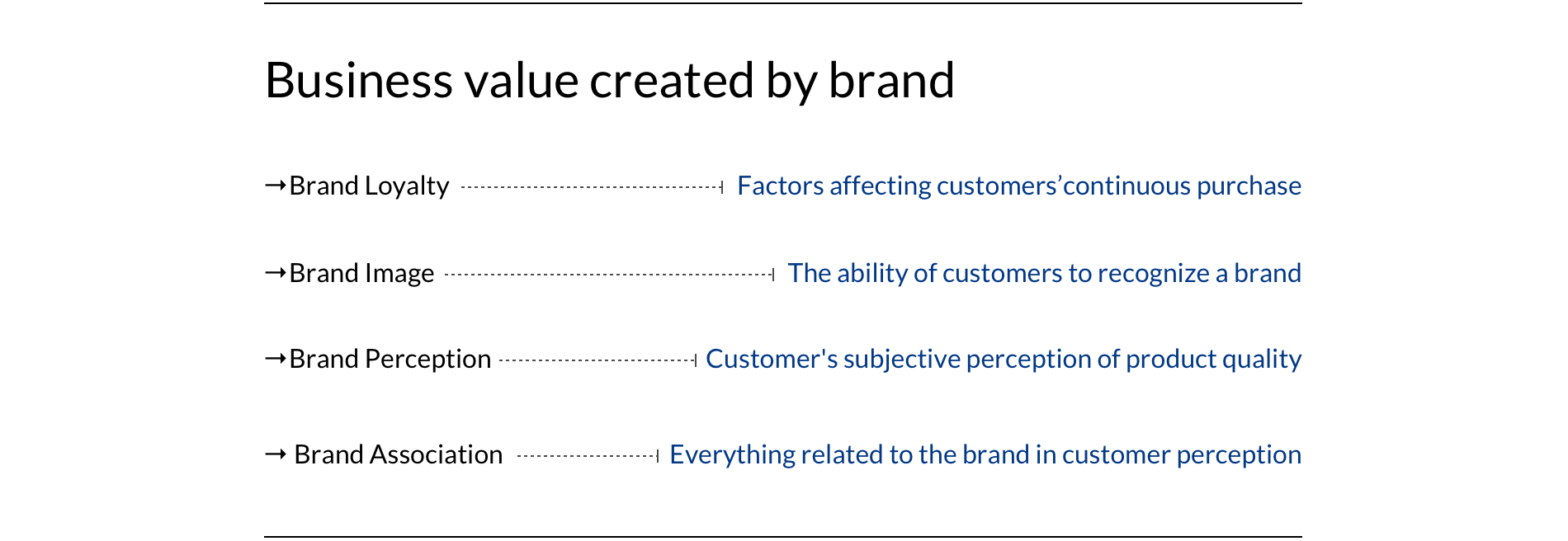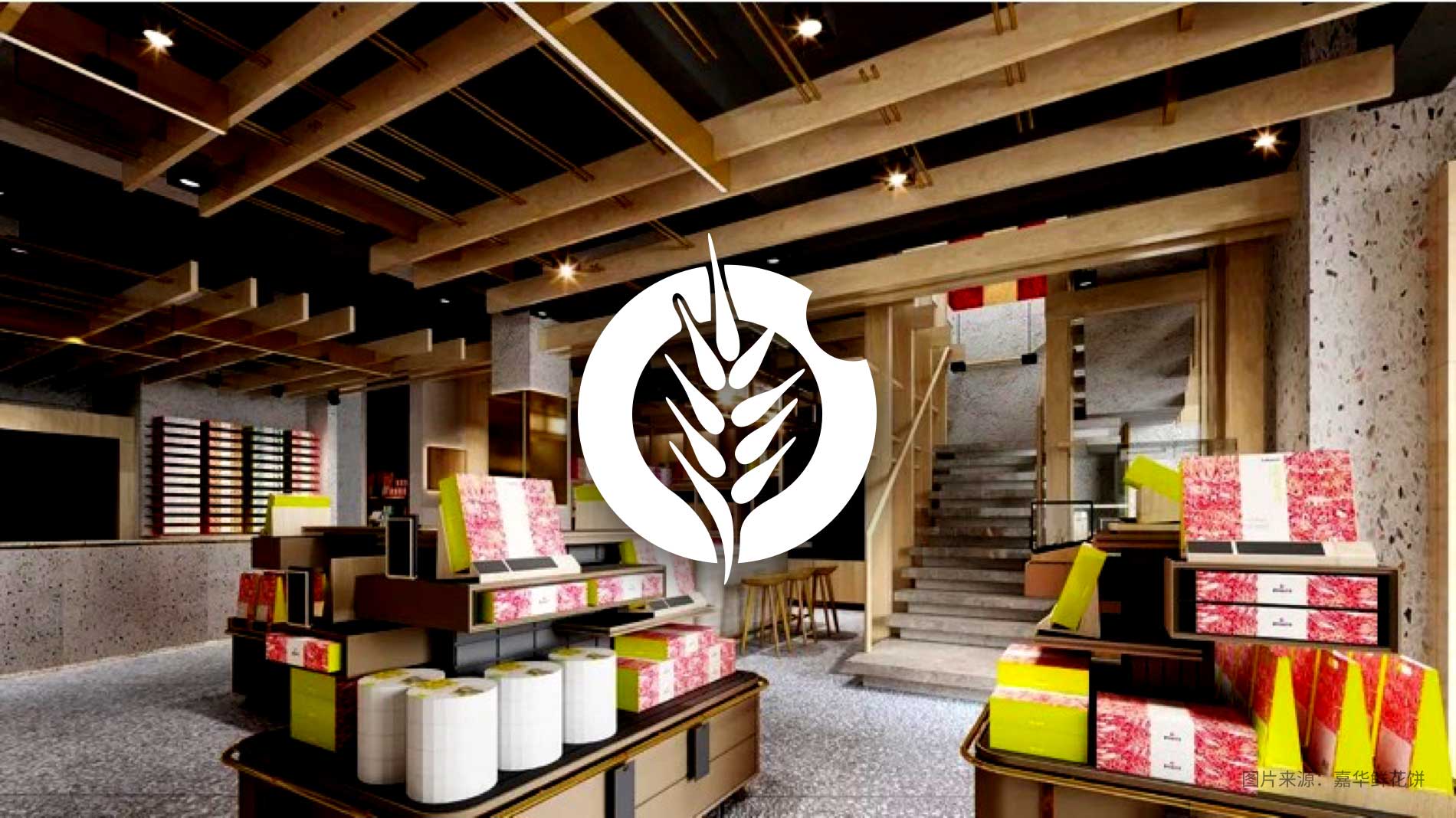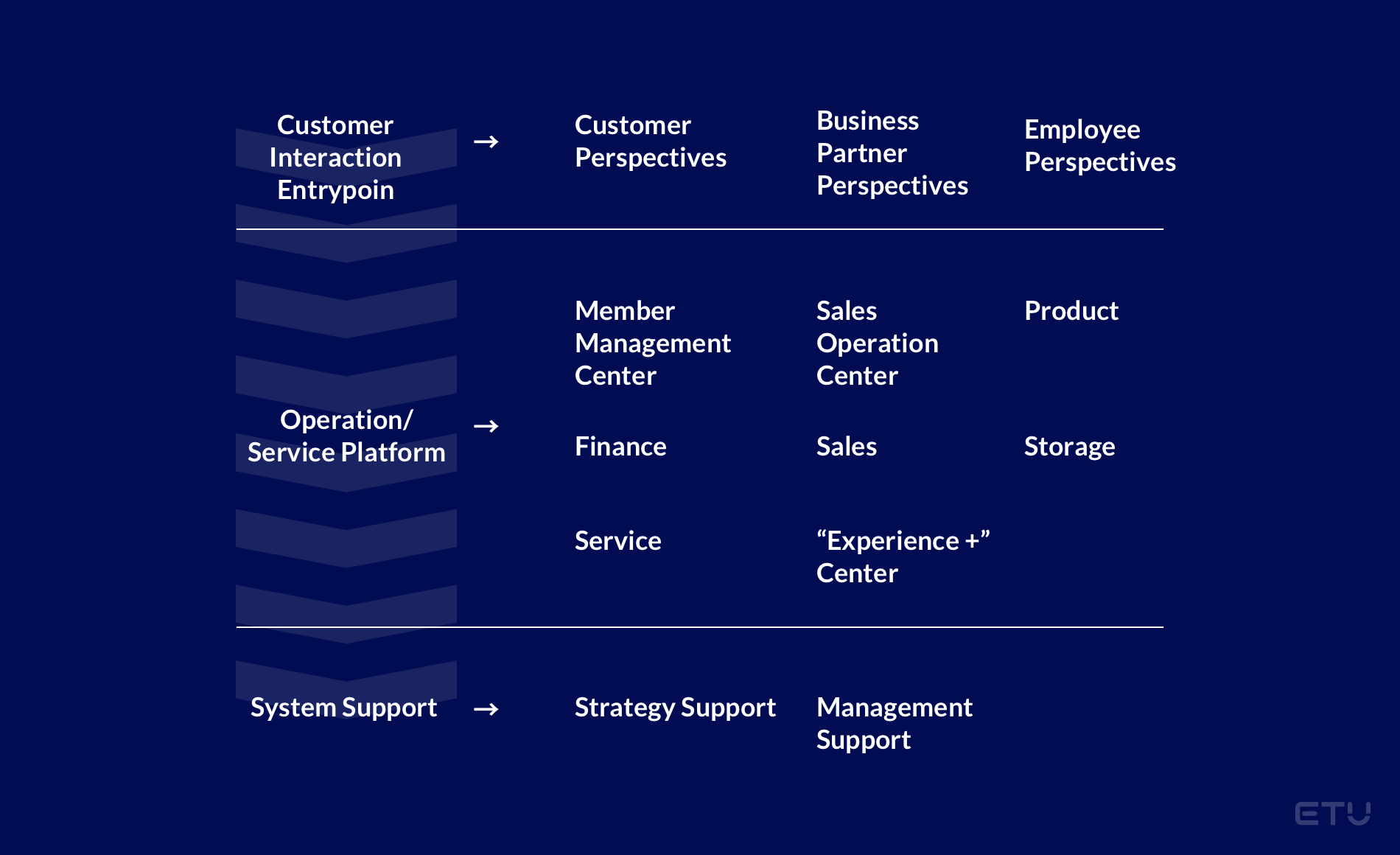By Harry Li - Vice President of Strategy
2019.07.06
With the development of the times, the connections between people and the world has continuously strengthened. Faced with a rapidly developing world, companies need to form a broad economic moat to maintain competitive advantages over its competitors, using the UX to help enterprises to build the ability of sustainable connection with customers, which will become the new economic moat.
In the past, what we focused on UX may be the interaction entry-point. Now we need to focus our attention vertically on the membership management, product management, and UX management as well.
From the era of PC to the era of mobile Internet, technology has continuously pulled-in the distance between people, and gradually built the interconnection between people and things. The value of sustainable connection has always played an important role in it.
The trend has proved that the ability of sustainable connections will become the key to future business. From the perspective of enterprise valuation, smart enterprises have higher value because they build a competitive sustainable connection with consumers and cooperation partners.
For example, Tesla’s user system links every user and their car to form a powerful size advantage. With the increasing number of users, Tesla's service and technology value will continue to improve due to the size advantage.

The term economic moat, popularized by Warren Buffett, refers to a business' ability to maintain competitive advantages over its competitors to protect its long-term profits and market share from competing firms, including cost advantage, size advantage, high switching costs, intangibles, soft moats.
However, with the development of authentic experience, we have a new idea on the construction of economic moat: using the UX to help enterprises build the ability of sustainable connection with customers, which will become the new economic moat.
Corporate Intangibles: the value of the brand in continuously linking emotion and memory
Strong brand name recognition allows companies to charge a premium for their products over other competitors' goods, which boosts profits. People often believe that brand loyalty is the most important value created by the brand. However, the brand association is the starting point for users’ decision making, as well as the basis for differentiation.

What is the brand association? For example, when we mention manual razor we will think of Gillette, and when we want a cup of coffee, we will go to Starbucks. Theses phenomenons prove that excellent brands can stand out and on behalf of their categories.
A cup of coffee without the logo may cost 10 yuan, but Starbucks’ coffee costs 35 yuan still having a large number of fans. The difference of 25 yuan is the value of the brand, as well as the corporate intangibles.

There are many directions to build brand association, and improving UX is one of the effective ways. Last year, we had a project to help Jiahua Flower Cake plan a new brand strategy. Facing the problem of homogenization and low price competition, we decided to create a new flagship store in Shuhe Old Town, Lijiang.
By designing a new way of shopping experience and service model, we integrate brand value into customers’ experience in the store. Customers can not only shop in a store with local characteristics but also getting touch with local culture, participating in baking flower cakes. The experience will become a part of their journey memories. When they remind the flower cake or Yunnan again, they will think of the brand of Jiahua.

Rising the switching costs: building a sustainable connection in business architecture
When a company can establish itself in industry, suppliers, and customers can be subject to high switching costs should they choose to do business with a new competitor. Enterprise can not avoid the concept of switching costs on the way to establish a stable customer relationship, and many of them use membership interests to increase switching costs.
Take myself as an example, I’m a senior member of a transportation APP, and the rights give me a priority to call taxi in peak hours, so the 5 yuan discount coupon from other APP will not attract me to use.
Except for membership interests, enterprises in large scale such as Amazon who use the membership services to build the switching costs. Amazon’s Prime membership allows free delivery, free read online, watching movies, TV, live events with no extra cost, etc. Prime membership accurately captured the pain point of consumer shopping online, and design specific services around these pain points. The benefits of Prime membership far exceed the price of purchasing, so it is favored by a large number of consumers.
The user-centered Prime membership provides excellent customer experience to drive traffic to Amazon, and sellers are attracted to put their products on Amazon, which would create a greater selection of products for customers. At the same time this sales cycle, or Flywheel, allows Amazon to build a lower cost structure and reduce prices. The flywheel starts to take effect each element starts to increase and it takes on a life of its own.

Therefore, the membership benefits are only a means to attract users to enter the system. To preserve users, the membership benefits also need to link with other businesses, to build a sustainable connection in business architecture.
Authentic Experience: Creating the Best connect between Customer Vision and Business Value
Originally, user experience always focused on the customer's interaction touch-points, such as websites and APPs. But when these touch-points are partially connected with users, the perspective of the experience should extend into the deeper layers of the enterprise architecture.
In the past few years, we have seen that many advanced enterprises have gradually import UX into their business architecture, setting up UX teams, or adding more functions of monitoring, quantification and other analysis to the original interaction designer.
Enterprises have gradually noticed that UX is influencing the business value by sustainable connect enterprises with users. Through customer observation, services design, product experience innovations, experience strategy establishment, UX can go further in building a sustainable connection between enterprises and customers. We hope to provide bespoke solutions with an authentic experience for our partners and help them achieve greater business value.

The focus of UX should be changed from designing product experience to extending into the deeper layers of the enterprise architecture. Through the service of customer research, experience strategy, and experience management, We can help enterprises to establish sustainable connection with customers, and form a systematic value management framework to achieve continuous growth and new business opportunities.